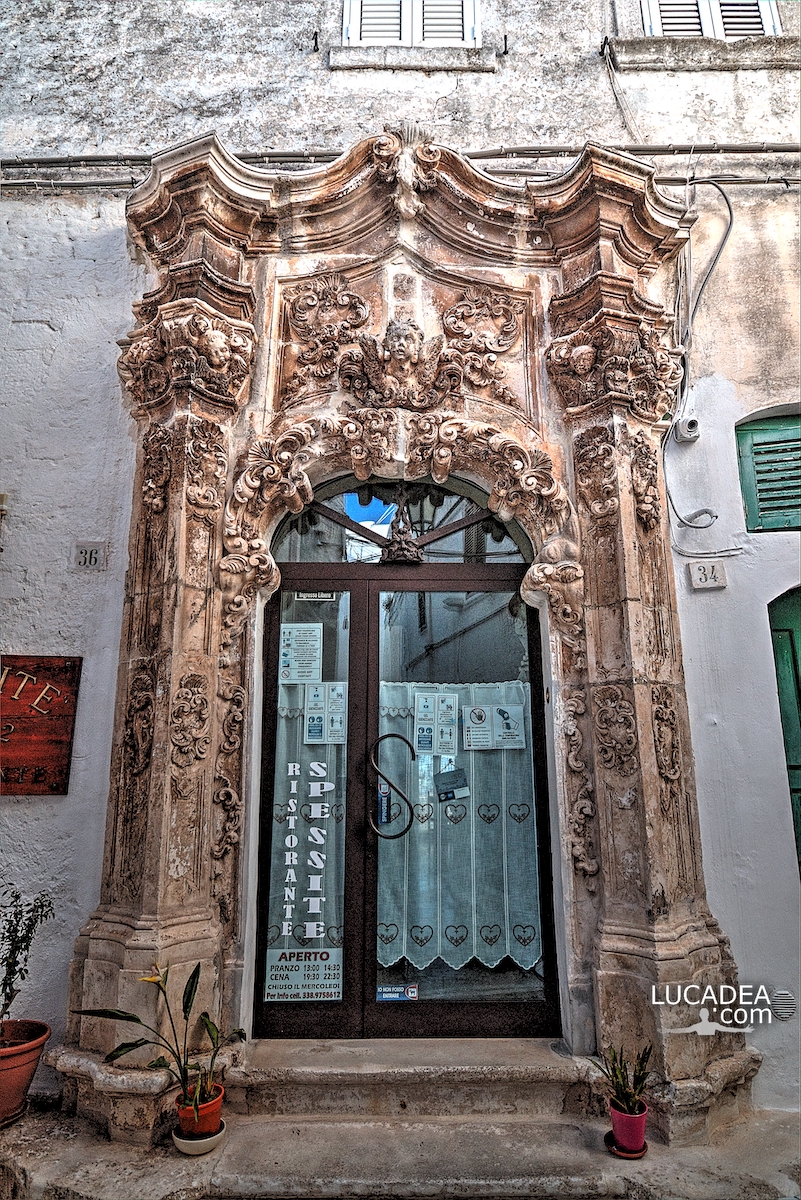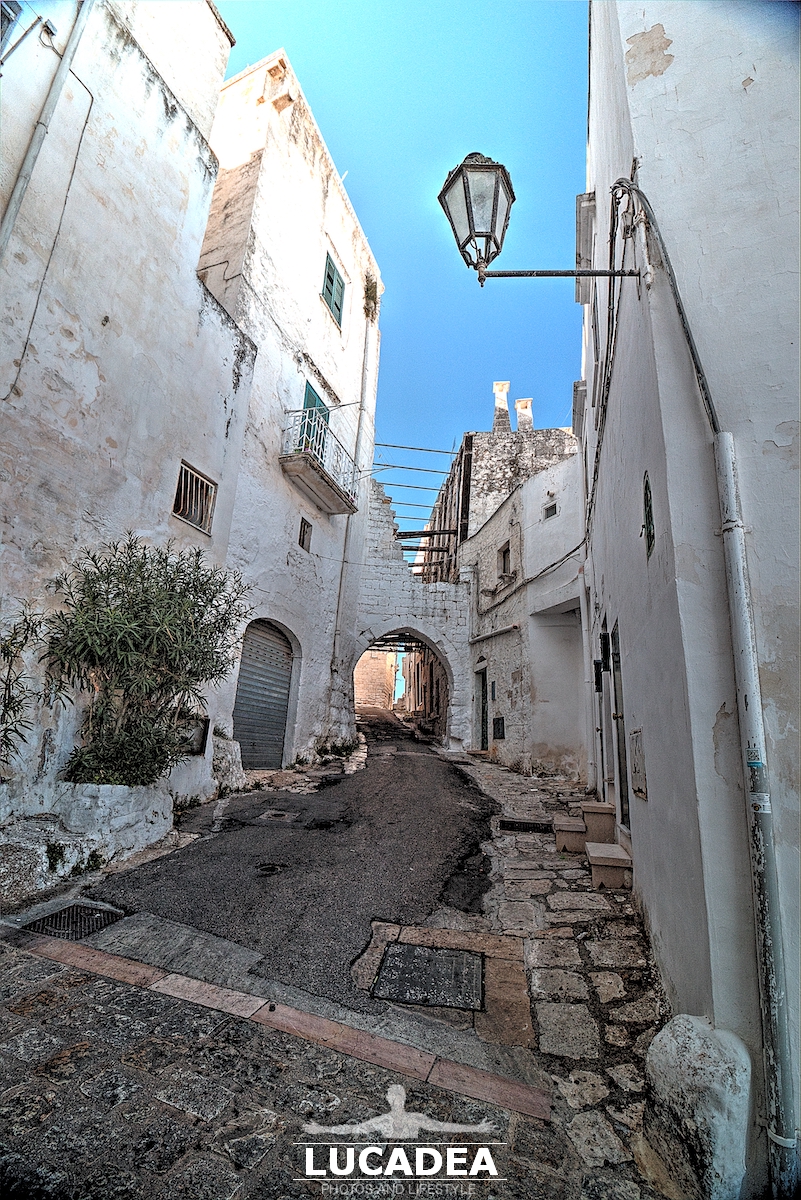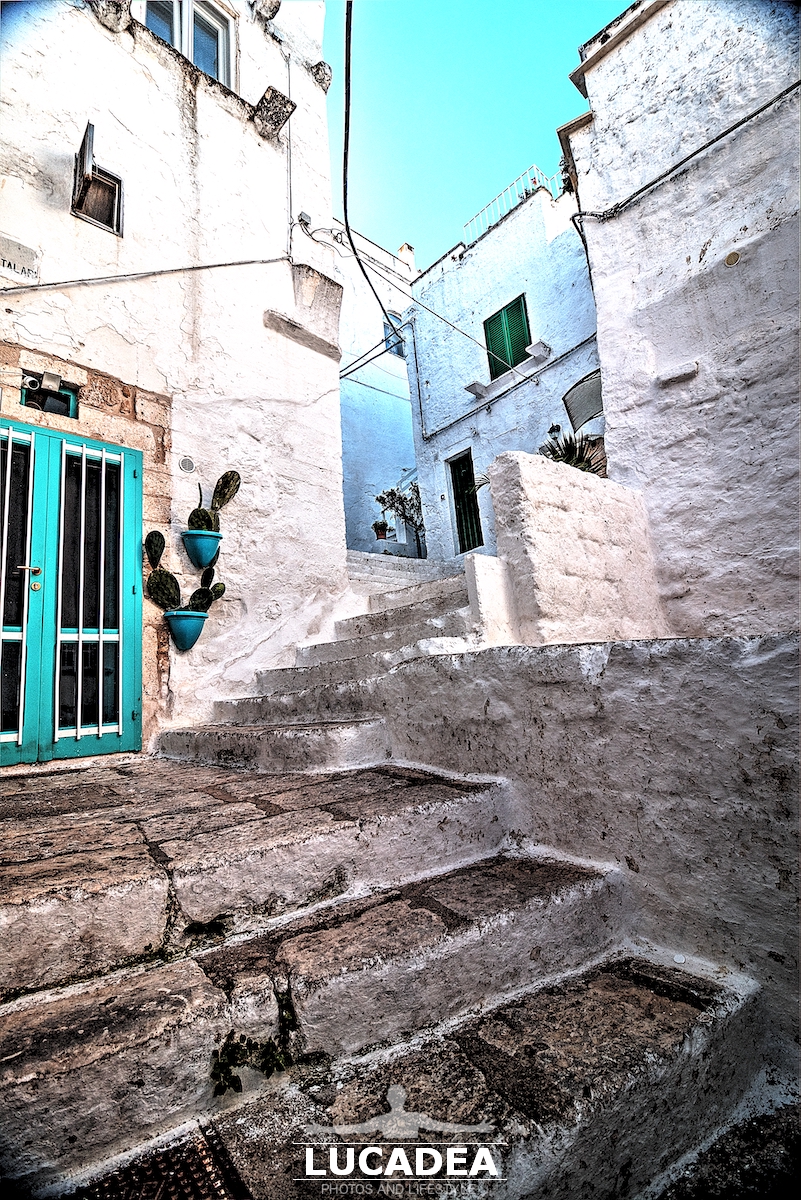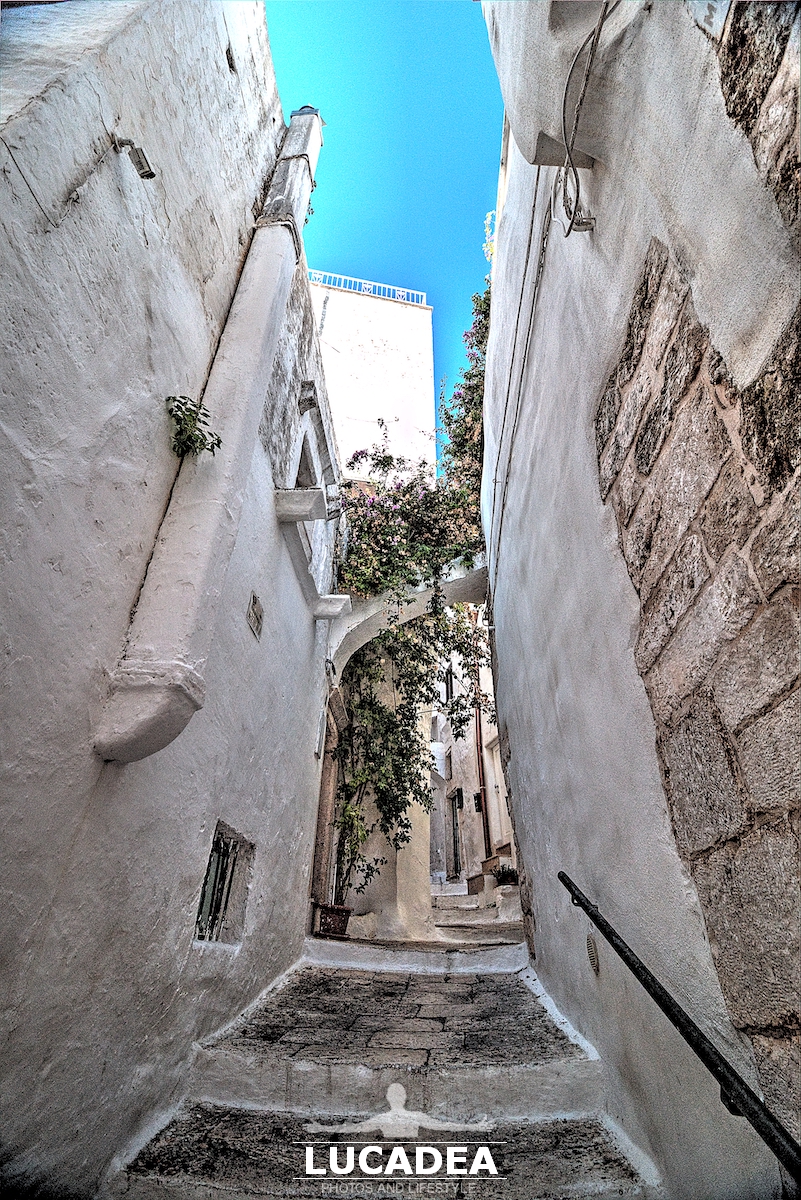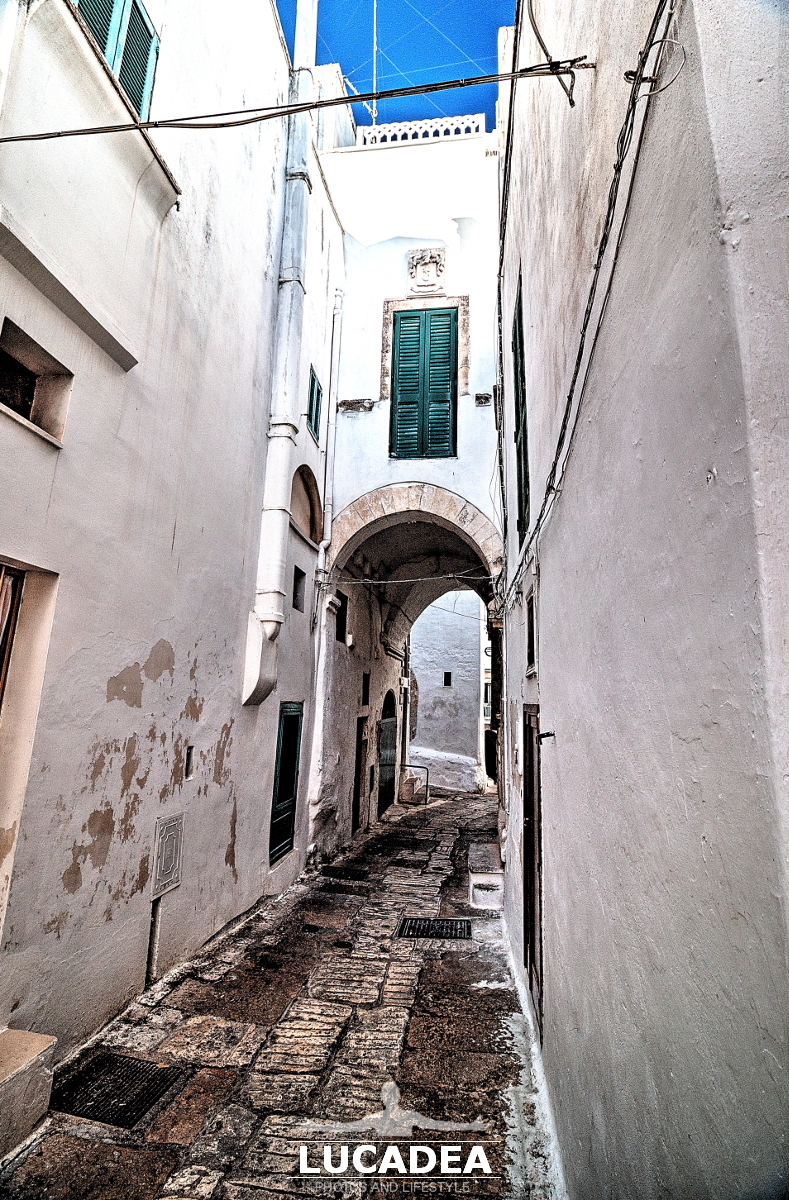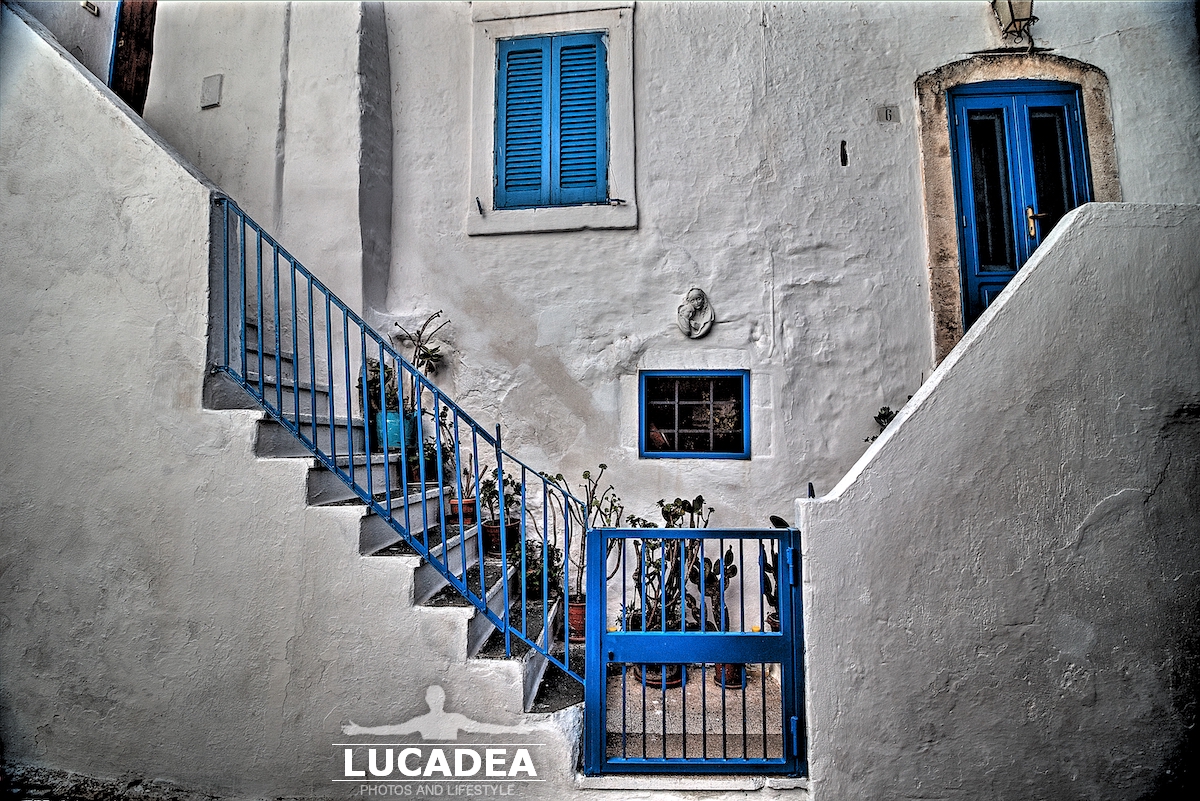La focaccia barese, una specialità tutta italiana.
La focaccia barese è una specialità gastronomica tipica della città di Bari, in Puglia, Italia. Questo squisito pane piatto è una delizia culinaria apprezzata sia nella sua forma tradizionale che nelle variazioni che si sono sviluppate nel corso del tempo. La focaccia barese è particolarmente nota per la sua consistenza soffice e spugnosa, unita a un sapore ricco e aromatico.
La focaccia barese si basa su ingredienti di alta qualità. La farina utilizzata è spesso di tipo 0 o 00, mentre l’olio extravergine d’oliva è un elemento chiave che contribuisce al suo sapore unico.
L’impasto della focaccia barese è essenzialmente una combinazione di farina, acqua, lievito, sale e olio d’oliva. Questo viene lavorato per ottenere una consistenza morbida e elastica che conferisce alla focaccia la sua struttura leggera.
Un altro elemento cruciale è il processo di lievitazione, che può richiedere diverse ore. Questo passaggio è fondamentale per garantire che la focaccia diventi soffice e spugnosa.
La focaccia barese può essere arricchita con una varietà di condimenti tradizionali. Uno dei più comuni è la “pomodoro e olive”, che prevede l’uso di pomodori a pezzetti e olive nere o verdi. Alcuni aggiungono anche origano, sale grosso o cipolla.
La focaccia barese è generalmente cotta in forno a temperatura elevata. Il risultato finale è una crosta dorata e croccante che avvolge un cuore soffice.
Mentre la focaccia barese ha una ricetta di base, è importante notare che ci possono essere variazioni a livello regionale o persino familiare. Alcuni potrebbero preferire una focaccia più sottile, mentre altri potrebbero optare per una versione più spessa.
La focaccia barese è spesso consumata come spuntino, ma è altrettanto adatta a essere divisa e farcita per creare panini deliziosi. È una scelta popolare per un pasto veloce o da portare con sé durante una passeggiata per le affascinanti strade di Bari.
La focaccia barese è molto più di un semplice pane; è un’esperienza culinaria che cattura il cuore e il palato di chiunque la assapori. La sua tradizione e il suo sapore distintivo ne fanno uno dei tesori gastronomici della Puglia.
Conosci questa bontà? Aggiungi un tuo comment or go to the bottom of the site to read what other visitors have written.
Photo taken with Honor 20.
Focaccia from Bari, an all-Italian specialty – Focaccia de Bari, une spécialité entièrement italienne – Focaccia de Bari, una especialidad totalmente italiana – Focaccia de Bari, uma especialidade totalmente italiana – Focaccia aus Bari, eine rein italienische Spezialität – Focaccia từ Bari, một đặc sản của Ý – 来自巴里的佛卡夏(Focaccia),全意大利特产 – イタリアの名物バーリのフォカッチャ
La focaccia barese è un prodotto lievitato da forno tipico della Puglia. È diffusa specialmente nelle province di Bari, Barletta-Andria-Trani, Taranto, parte della provincia di Brindisi (Ostuni, Fasano, Ceglie Messapica e Cisternino), Gargano e in generale in provincia di Foggia, dove la si può trovare abitualmente nei panifici. Nel 2010 si è costituito il Consorzio Focaccia barese che ha iniziato l’iter per l’iscrizione della Focaccia di Bari nel registro europeo delle STG.
Continue and learn more on Wikipedia
The text of the post was written with the help of ChatGPT, a language model from OpenAI.





